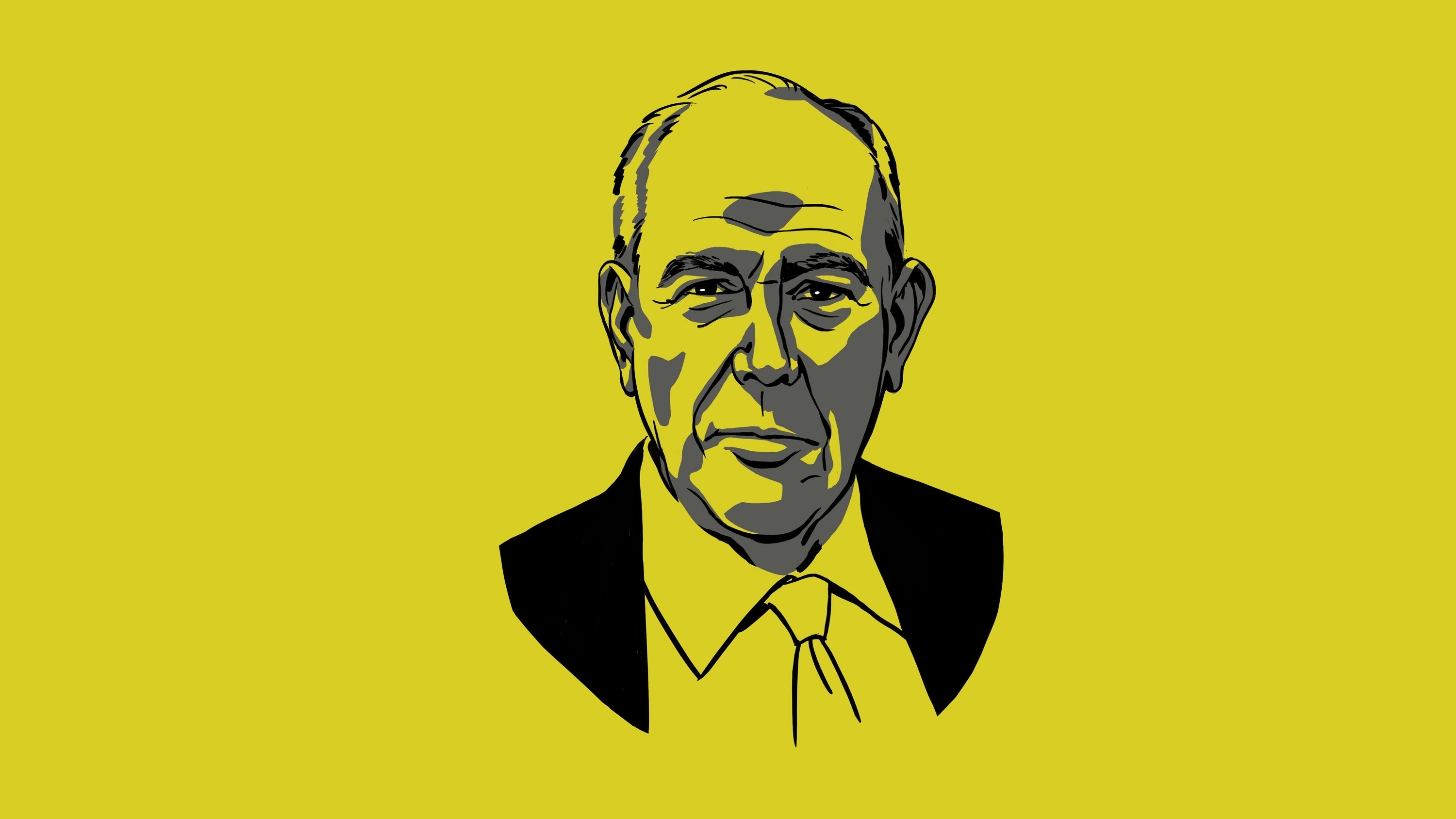
In Scarsdale, New York, in the 1940s, Ivan Sutherland’s mother recycled his father’s civil engineering drawings by covering her sons’ schoolbooks with them. Sutherland, who says he learned to read these drawings “almost before I could read English,” grew up problem-solving through pictures.
Arriving at MIT’s Lincoln Laboratory in 1960 with electrical engineering degrees from the Carnegie Institute of Technology and Caltech, Sutherland gained access to the TX-2, then the world’s largest computer. He wanted to create engineering designs by drawing directly on screen instead of using text commands. He envisioned rotating, resizing, and replicating drawings in real time—and being able to save them.
The project became Sutherland’s MIT doctoral thesis, and with information theory pioneer Claude Shannon, SM ’40, PhD ’40, as his advisor, he created the first graphical user interface. Sutherland’s “man-machine graphical communication system” used a light pen—a precursor of the computer mouse—to track on-screen coordinates. Users could draw a line between any two points or a circle around one, zoom in or out, and use the pen to erase or change image dimensions. They could also save their work. Called Sketchpad, this system fundamentally transformed human-computer interaction.
Sketchpad’s legacy permeates current technologies. Its influence can be seen in touch screens, animation and graphics software like Adobe Illustrator, and the Java and C++ programming languages. Sutherland went on to co-create one of the first virtual-reality systems, at Harvard, and developed pioneering 3D graphics technologies at Evans & Sutherland, a firm he cofounded. Next he focused on the design of integrated circuits, helping launch a wave of innovation, and then founded a consulting firm that ultimately became the basis of Sun Labs, the research division of Sun Microsystems. He received a Turing Award in 1988 for his contributions to computer graphics.
Keep Reading
Most Popular
Large language models can do jaw-dropping things. But nobody knows exactly why.
And that's a problem. Figuring it out is one of the biggest scientific puzzles of our time and a crucial step towards controlling more powerful future models.
How scientists traced a mysterious covid case back to six toilets
When wastewater surveillance turns into a hunt for a single infected individual, the ethics get tricky.
The problem with plug-in hybrids? Their drivers.
Plug-in hybrids are often sold as a transition to EVs, but new data from Europe shows we’re still underestimating the emissions they produce.
Stay connected
Get the latest updates from
MIT Technology Review
Discover special offers, top stories, upcoming events, and more.